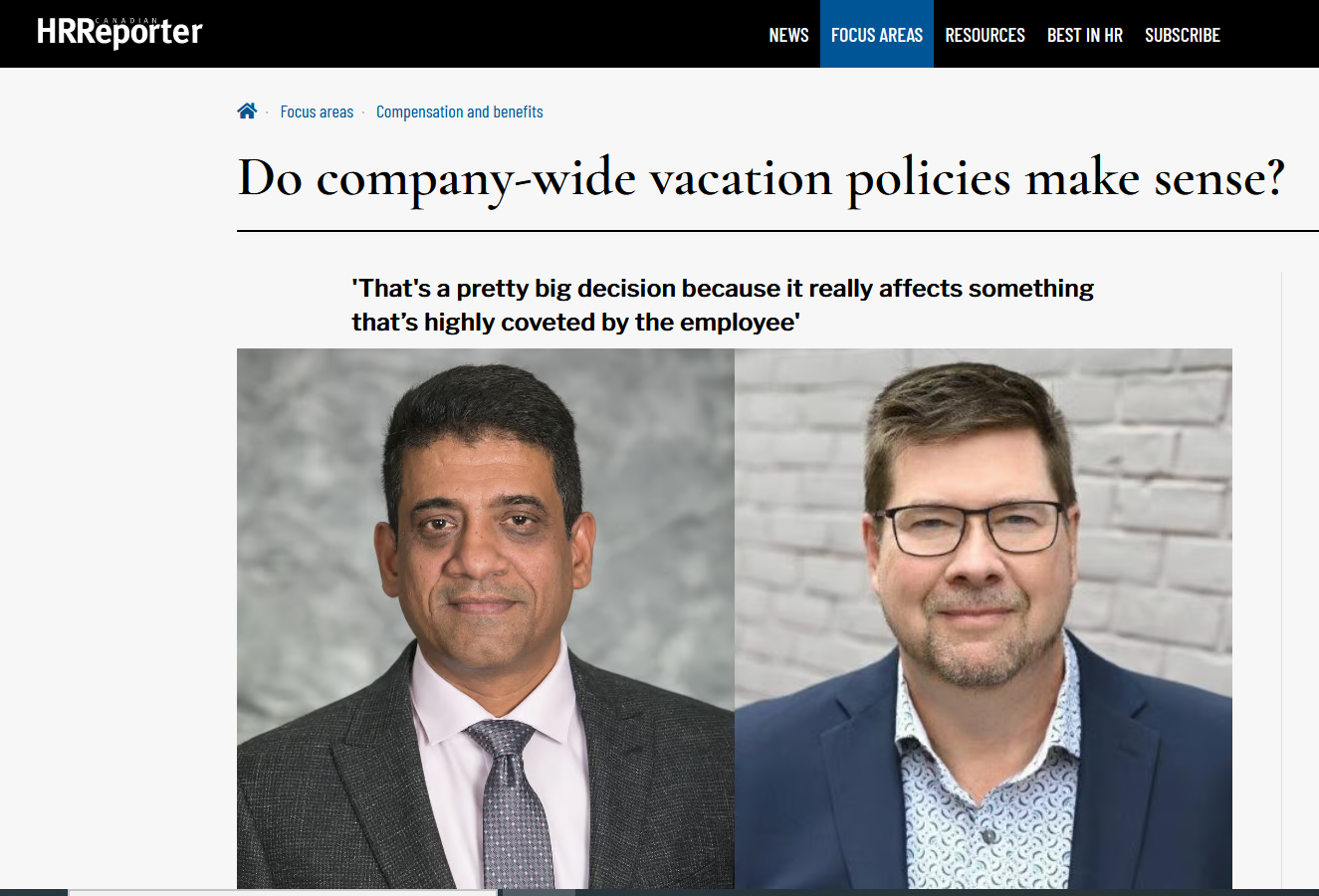December 6, 2023
The leaves currently provided for in the Act include COVID-19-related leave, personal illness or injury leave, maternity leave, parental leave, family responsibility leave, bereavement leave, reservists’ leave, and leaves for compassionate care, critical illness or injury, disappearance or death of child, domestic or sexual violence and jury duty. There are several protections that are common to each of these statutory leaves of absence.
Note that the availability of COVID-19-related leave was expected to be a temporary measure that will be repealed when the COVID-19 pandemic is over. At this time it remains part of the Employment Standards Act.
LEAVES MUST BE GRANTED
As an employer, you must grant leaves requested by employees under Part 6 of the Act. Furthermore, employers are prohibited from altering terms and conditions of employment for employees taking such leaves. The Employment Standards Branch has interpreted conditions of employment to include job title, job duties, reporting relationships, status as perceived by other staff and the public, compensation package, hours and location of work, and the provision of equipment and tools.
Note that the provisions in Part 6 are also applicable to employees covered by a collective agreement, although any dispute must be dealt with through the grievance-arbitration provisions of that agreement, not the complaint process set out in the Act.
TERMINATED OR UNILATERAL CHANGE IN EMPLOYMENT CONDITIONS
If an employee on a statutory leave is terminated, or if a condition of the employee’s employment is unilaterally changed by the employer, then the employer must prove the employee’s leave of absence was not the reason for the termination or unilateral change in employment conditions. In order to avoid liability, you must show that the termination or change in employment conditions would have occurred regardless of whether or not the leave was taken.
RETURNING TO WORK FROM A LEAVE
When the leave period or jury duty has ended, the employer is required to place the employee back in the position they held before taking the leave, or in a comparable position. However, if the employee is returned to a comparable position, the employer must show that the change to a comparable position was not related to the leave. This may be very difficult, particularly if the employee’s former position is available.
The ESA does not compel an employer to allow an employee to return to work before the leave period has ended. However, the Branch will encourage the employer and the employee to reach an agreement if the situation arises.
Recent amendments to the Workers Compensation Act have outlined a duty to cooperate on both the employee and employer for leaves related to a workplace injury. This legislation calls on both the employer and the employee to make contact with one another as soon as practicable after an injury, and to work toward re-instating the employee to the same position, or otherwise suitable work, when the employee is able to return. This takes effect January 1, 2024.
SERVICE DEEMED CONTINUOUS
The service of an employee who is on leave or is on jury duty is deemed to be continuous. This means that an employee’s service is considered unbroken for the purposes of calculating how much vacation time an employee is entitled to, the length of notice of termination required, and the eligibility for pension, medical or other benefit plans, such as sick leave.
CONTINUATION OF BENEFITS
Finally, the ESA provides that where an employer makes payments to a pension, medical or other plan beneficial to the employee, the employer must continue those payments as if the employee were not on leave.
Similarly an employee on a leave or on jury duty is entitled to all increases in wages and benefits the employee would have been entitled to had the leave not been taken or jury duty not required. Of course, employees are not entitled to be paid wages while they are on leave but, when they return to work, their wages must reflect any wage and benefit increases they would have been entitled to had they worked during the leave.
In addition to these common features, each particular statutory leave has its own unique terms and conditions. For more information on the various statutory leaves please read the articles listed below.
For more information, visit the Leave Factsheet, as well as:
- Interpretation Guidelines – Section 54 – Employer’s Responsibilities
- Interpretation Guidelines – Section 56 – Employment Continuous While on Leave
Information provided by Ryan Anderson, an employment lawyer with Mathews Dinsdale & Clark LLP. The information provided in this article is necessarily of a general nature and must not be regarded as legal advice. For more information about Mathews Dinsdale & Clark LLP, please visit mathewsdinsdale.com.
This article may not be republished without the express permission of the copyright owner identified in the article.
go2HR is BC’s tourism & hospitality, human resources and health & safety association driving strong workforces and safe workplaces that deliver world class tourism and hospitality experiences in BC. Follow us on LinkedIn or reach out to our team.


